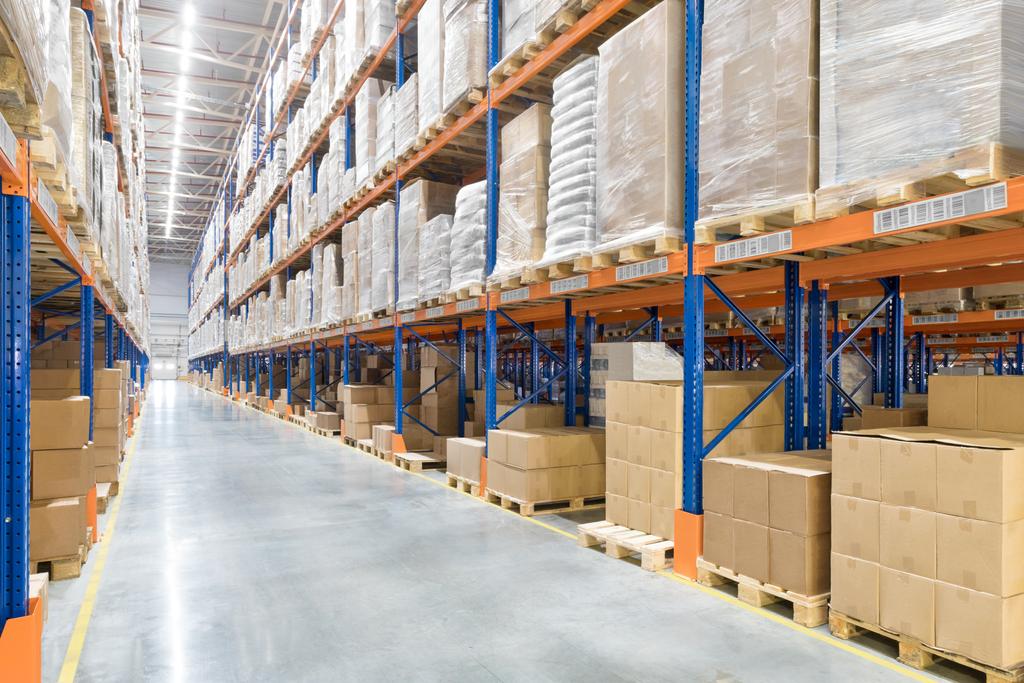
In today’s fast-paced and unpredictable world, businesses face a myriad of challenges, from the everyday hurdles of managing operations to the less frequent but potentially devastating impacts of natural disasters and unforeseen events. Whether it’s a flood, fire, hurricane, or another form of disaster, the risk to a company’s physical assets can be significant. One often overlooked strategy for mitigating these risks is the utilisation of business storage solutions. This blog explores how business storage can serve as a critical component of your disaster preparedness and recovery plan, safeguarding your assets when the unexpected occurs.
Understanding the Risks
Before delving into the benefits of business storage, it’s crucial to understand the risks businesses face. Natural disasters can strike with little to no warning, leaving a trail of destruction in their wake. Beyond the immediate physical damage, the aftermath can disrupt business operations for weeks or even months, leading to lost revenue and potentially jeopardising the company’s survival. Therefore, preparing for such events is not just prudent; it’s essential.
Benefits of Business Storage for Disaster Preparedness
1. Secure Off-Site Storage
One of the primary benefits of business storage is the ability to keep critical assets off-site, in locations that may be less prone to the effects of natural disasters. By strategically selecting storage facilities based on geographic and environmental considerations, businesses can minimise the risk to their assets. For example, storing important documents, backup data, and excess inventory in a storage unit located in an area less likely to be affected by your region’s common natural disasters can be a wise decision.
2. Climate-Controlled Environments
Many business storage facilities offer climate-controlled units, which are essential for protecting sensitive items from extreme temperatures, humidity, and flooding—common byproducts of natural disasters. Electronics, important documents, artwork, and pharmaceutical supplies are examples of assets that can benefit significantly from climate-controlled storage, ensuring they remain in optimal condition even when disaster strikes.
3. Enhanced Security Features
The best business storage facilities are equipped with advanced security features, such as 24/7 surveillance, gated access, fire suppression systems, and alarm systems. These features provide an additional layer of protection for your stored assets, not only against theft and vandalism but also against the potential for fire or water damage that can accompany disasters.
4. Flexibility and Scalability
Disaster preparedness is not a one-size-fits-all endeavour. Businesses grow and change, and so do their storage needs. Business storage solutions offer the flexibility to scale up or down as required, allowing companies to adjust their storage space based on current needs and future growth. This adaptability is crucial in the face of disaster, where the amount and type of assets needing protection can vary significantly.
5. Cost-Effectiveness
Compared to the potential loss of assets in a disaster, the cost of renting business storage is relatively low. Furthermore, the flexibility to scale and choose only the services you need helps keep costs manageable. In the long run, investing in business storage can save a company significant amounts of money by avoiding the need to replace damaged assets.
Implementing a Business Storage Strategy for Disaster Preparedness
1. Assess Your Storage Needs
The first step in leveraging business storage for disaster preparedness is to conduct a thorough assessment of your storage needs. Identify which assets are most vulnerable and which are critical to your operations. This assessment should guide your decisions on what to store and the features your storage unit must have.
2. Choose the Right Storage Facility
Select a storage facility with the right combination of location, security, climate control, and accessibility. Consider the facility’s proximity to your business, but also evaluate the likelihood of the area being affected by common local disasters. The goal is to choose a location that offers the best protection for your assets with minimal inconvenience.
3. Organise and Document Stored Items
Effective organisation and documentation of stored items are crucial for disaster preparedness. Keep a detailed inventory of what is stored, including descriptions, values, and photographs of items. This documentation can be invaluable for insurance purposes and in the recovery phase following a disaster.
4. Regularly Review and Update Your Storage Plan
Disaster preparedness is an ongoing process. As your business evolves, so too should your storage strategy. Regularly review and update your plan to ensure it remains aligned with your current operational needs and risk assessments.

Final Thoughts
In the face of natural disasters and unforeseen events, business storage can play a vital role in protecting a company’s assets. By offering secure, climate-controlled, and flexible storage solutions, businesses can safeguard their critical assets against the unpredictable. Implementing a strategic approach to business storage for disaster preparedness not only protects your physical assets but also contributes to the resilience and continuity of your business operations in challenging times. As we’ve seen, the benefits of business storage extend far beyond mere convenience or organisation; it’s a critical component of a comprehensive disaster preparedness strategy that can make all the difference when the unexpected strikes.







